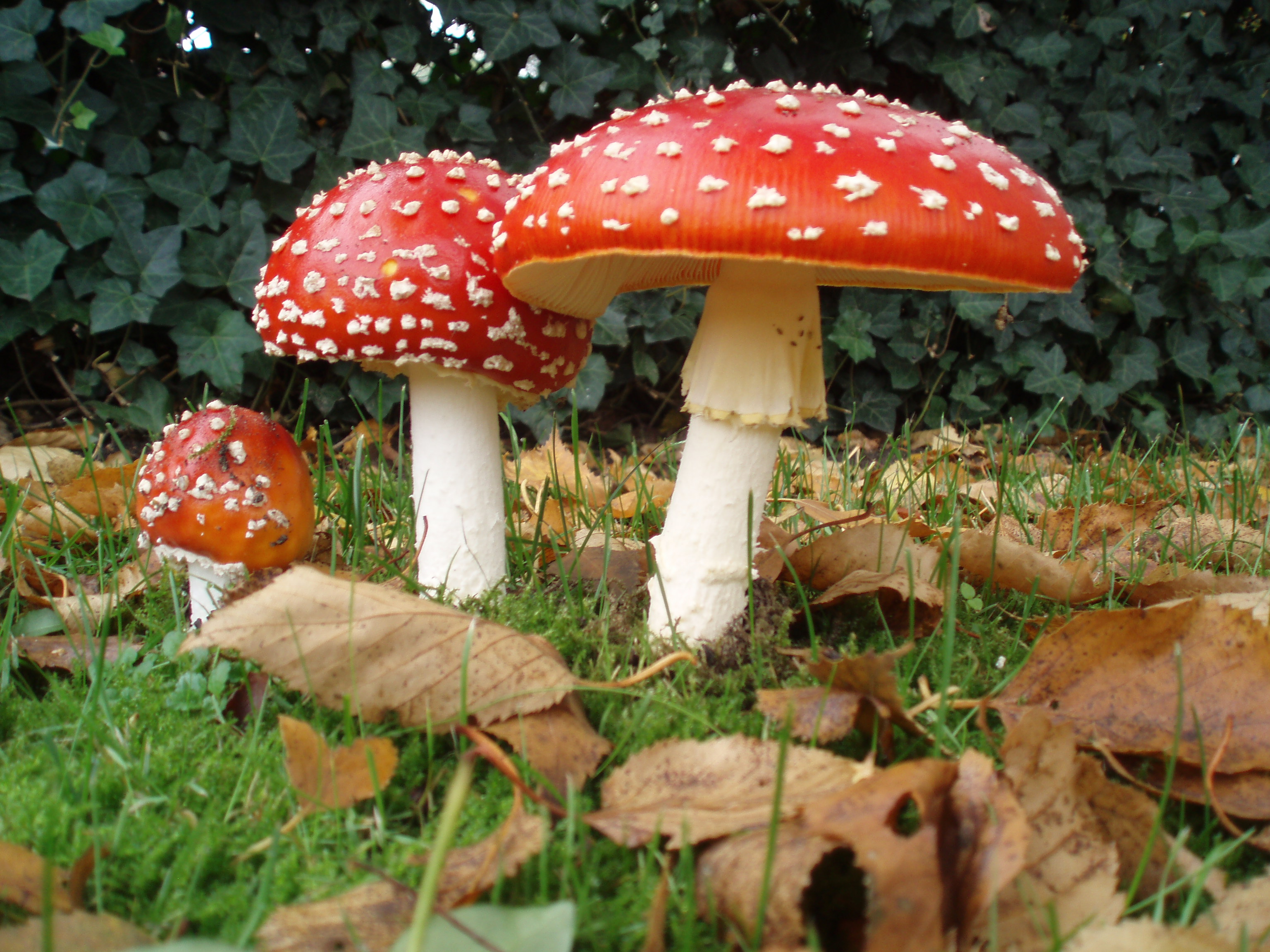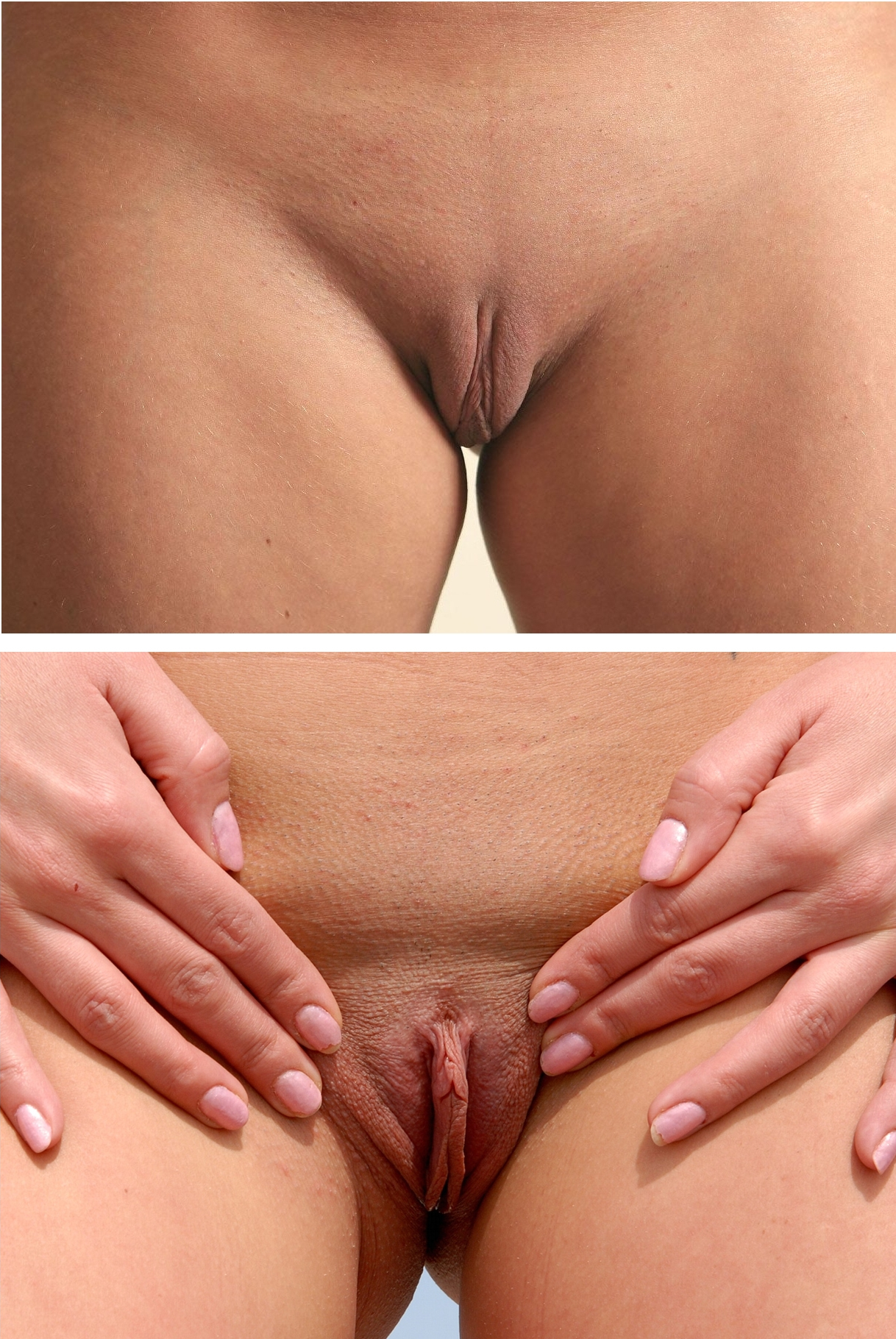|
Labia (earwig)
''Labia'' is a genus of earwigs belonging to the family Spongiphoridae. The genus has almost cosmopolitan distribution In biogeography, a cosmopolitan distribution is the range of a taxon that extends across most or all of the surface of the Earth, in appropriate habitats; most cosmopolitan species are known to be highly adaptable to a range of climatic and en .... Species: *'' Labia bhaktapurensis'' *'' Labia fanta'' *'' Labia harpya'' *'' Labia minor'' *'' Labia phanduwalensis'' *'' Labia pluto'' References {{Taxonbar, from=Q17627415 Spongiphoridae Dermaptera genera ... [...More Info...] [...Related Items...] OR: [Wikipedia] [Google] [Baidu] [Amazon] |
Earwig
Earwigs make up the insect order (biology), order Dermaptera. With about 2,000 species in 12 families, they are one of the smaller insect orders. Earwigs have characteristic cercus, cerci, a pair of forceps-like pincer (biology), pincers on their abdomen, and membranous wings folded underneath short, rarely used forewings, hence the scientific order name, "skin wings". Some groups are tiny parasites on mammals and lack the typical pincers. Earwigs are found on all continents except Antarctica. Earwigs are mostly nocturnal and often hide in small, moist crevices during the day, and are active at night, feeding on a wide variety of insects and plants. Damage to foliage, flowers, and various crops is commonly blamed on earwigs, especially the common earwig ''Forficula auricularia.'' Earwigs have five ecdysis, molts in the year before they become adults. Many earwig species display maternal care, which is uncommon among insects. Female earwigs may care for their eggs; the ones t ... [...More Info...] [...Related Items...] OR: [Wikipedia] [Google] [Baidu] [Amazon] |
Spongiphoridae
Spongiphoridae is a family of earwigs in the suborder Neodermaptera. There are more than 40 genera and 510 described species in Spongiphoridae. Genera These 43 genera belong to the family Spongiphoridae: * '' Auchenomus'' Karsch, 1886 * '' Barygerax'' Hebard, 1917 * '' Caecolabia'' Brindle, 1975 * '' Chaetolabia'' Brindle, 1972 * '' Chaetospania'' Karsch, 1886 * '' Circolabia'' Steinmann, 1987 * '' Cosmogerax'' Hebard, 1933 * '' Eugerax'' Hebard, 1917 * '' Filolabia'' Steinmann, 1989 * '' Formicilabia'' Rehn & Hebard, 1917 * '' Gerax'' Hebard, 1917 * '' Homotages'' Burr, 1909 * '' Irdex'' Burr, 1911 * '' Isolabella'' Verhoeff, 1902 * '' Isolaboides'' Hincks, 1958 * '' Isopyge'' Borelli, 1931 * ''Labia'' Leach, 1815 * '' Marava'' Burr, 1911 * '' Mecomera'' Audinet-Serville, 1838 * '' Nesogaster'' Verhoeff, 1902 * '' Nesolabia'' Hincks, 1957 * '' Paralabella'' Steinmann, 1990 * '' Paralaboides'' Steinmann, 1989 * '' Parapericomus'' Ramamurthi, 1967 * '' Paraspania'' Steinmann, 198 ... [...More Info...] [...Related Items...] OR: [Wikipedia] [Google] [Baidu] [Amazon] |
Cosmopolitan Distribution
In biogeography, a cosmopolitan distribution is the range of a taxon that extends across most or all of the surface of the Earth, in appropriate habitats; most cosmopolitan species are known to be highly adaptable to a range of climatic and environmental conditions, though this is not always so. Killer whales ( orcas) are among the most well-known cosmopolitan species on the planet, as they maintain several different resident and transient (migratory) populations in every major oceanic body on Earth, from the Arctic Circle to Antarctica and every coastal and open-water region in-between. Such a taxon (usually a species) is said to have a ''cosmopolitan'' distribution, or exhibit cosmopolitanism, as a species; another example, the rock dove (commonly referred to as a ' pigeon'), in addition to having been bred domestically for centuries, now occurs in most urban areas around the world. The extreme opposite of a cosmopolitan species is an endemic (native) species, or one foun ... [...More Info...] [...Related Items...] OR: [Wikipedia] [Google] [Baidu] [Amazon] |
Labia Bhaktapurensis
The labia are the major externally visible structures of the vulva. In humans and other primates, there are two pairs of labia: the ''labia majora'' (outer lips) are large and thick folds of skin that cover the vulva's other parts, while the ''labia minora'' (inner lips) are the folds of skin between the outer labia that surround and protect the urethral and vaginal openings, as well as the glans clitoridis. In other mammals, the labia majora are not present and the labia minora are instead referred to as the ''labia vulvae''. Etymology ''Labium'' (plural ''labia'') is a Latin-derived term meaning "lip". ''Labium'' and its derivatives (including labial, labrum) are used to describe any lip-like structure, but in the English language, ''labia'' often specifically refers to parts of the vulva. Structure The labia majora are lip-like structures consisting mostly of skin and adipose (fatty) tissue, which extend on either side of the vulva to form the pudendal cleft through the ... [...More Info...] [...Related Items...] OR: [Wikipedia] [Google] [Baidu] [Amazon] |
Labia Minor
''Labia minor'', the lesser earwig or small earwig, is a species of earwig. It is widespread globally in temperate climates, preferring warm locations such as compost heaps in parts of its range. It is 4–7 mm long, including the pincer, and chocolate brown in color. Description ''Labia minor'' is about half the size of ''Forficula auricularia'', at long. It is chocolate brown, and less shiny than the chestnut brown ''F. auricularia''. The whole body is covered with fine yellow setae, and the antennae are a paler color. The ''forceps'' (pincer) at the animal's tail are used to help unfurl the wings, in preparation for flight. Unlike ''F. auricularia'', ''Labia minor'' flies frequently. Ecology ''Labia minor'' feeds on decaying plant material and other detritus. In cooler climates, it is only found in warm places, such as actively decaying compost heaps, and are most often encountered when turning the compost. Unusually for an insect, there is extensive maternal care ... [...More Info...] [...Related Items...] OR: [Wikipedia] [Google] [Baidu] [Amazon] |
Labia Phanduwalensis
The labia are the major externally visible structures of the vulva. In humans and other primates, there are two pairs of labia: the ''labia majora'' (outer lips) are large and thick folds of skin that cover the vulva's other parts, while the ''labia minora'' (inner lips) are the folds of skin between the outer labia that surround and protect the urethral and vaginal openings, as well as the glans clitoridis. In other mammals, the labia majora are not present and the labia minora are instead referred to as the ''labia vulvae''. Etymology ''Labium'' (plural ''labia'') is a Latin-derived term meaning "lip". ''Labium'' and its derivatives (including labial, labrum) are used to describe any lip-like structure, but in the English language, ''labia'' often specifically refers to parts of the vulva. Structure The labia majora are lip-like structures consisting mostly of skin and adipose (fatty) tissue, which extend on either side of the vulva to form the pudendal cleft through the ... [...More Info...] [...Related Items...] OR: [Wikipedia] [Google] [Baidu] [Amazon] |




